She wants to make more efficient batteries without exploiting cobalt miners
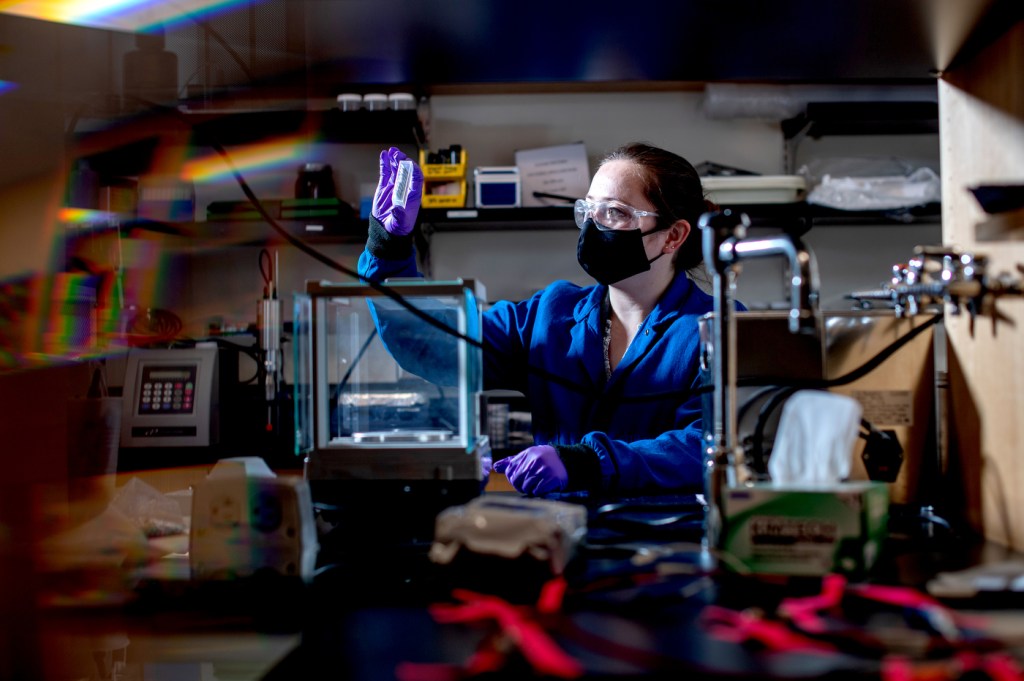
The origin of an electric vehicle begins not on the assembly line, but hundreds of feet underground in a dimly lit tunnel somewhere in the mineral-rich region of central Africa, where miners score the earth in search of cobalt, a key ingredient for the batteries that power these vehicles.
While electric vehicles are more sustainable than their gasoline-powered predecessors in certain aspects, the rare earth minerals required to create the batteries in electric vehicles come with their own environmental and ethical dilemmas.
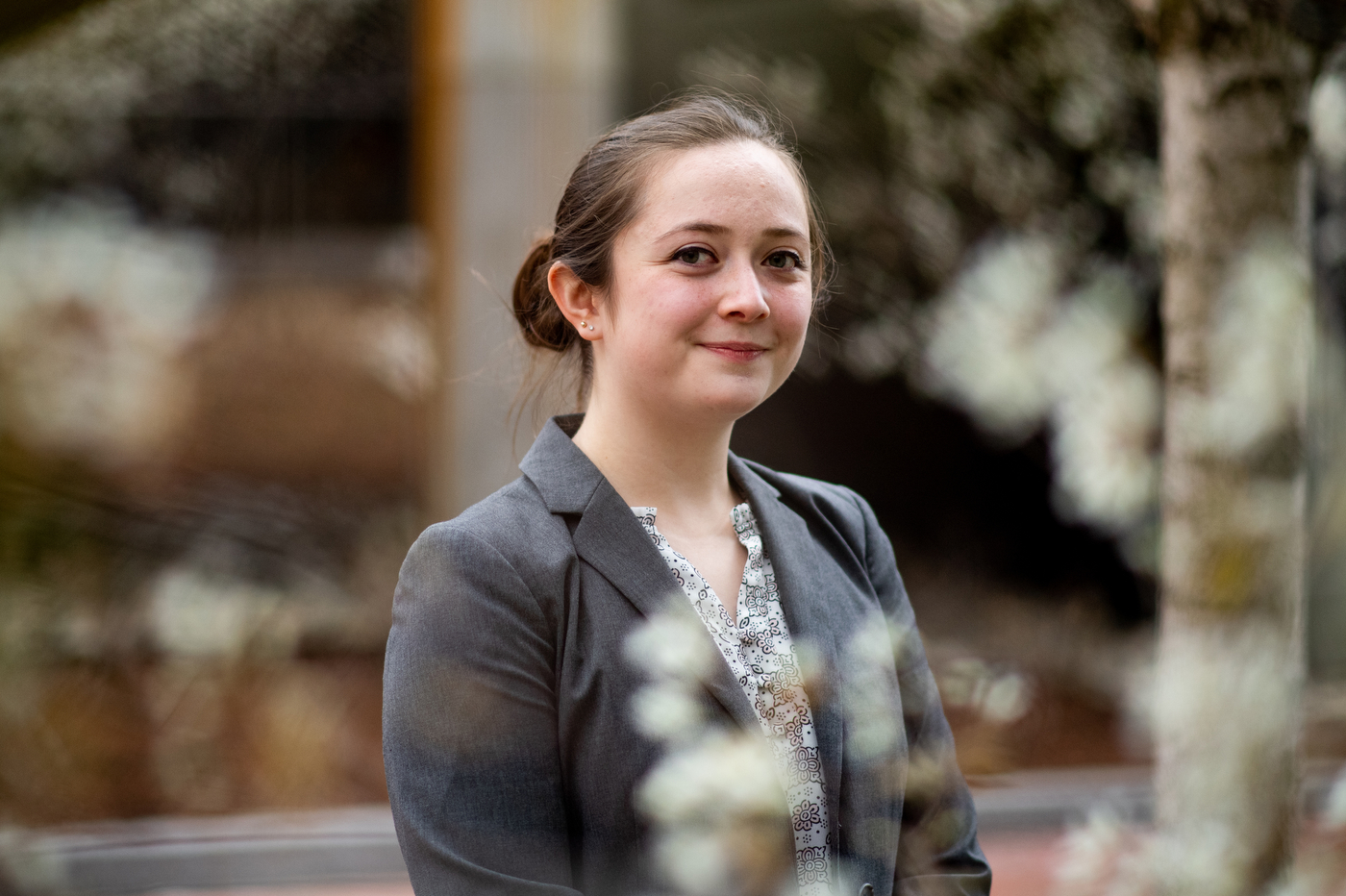
Photo by Matthew Modoono/Northeastern University
“A lot of cobalt is mined by children,” says Sydney Morris, a fourth-year chemical engineering student at Northeastern who is currently researching whether a new type of cobalt-free battery could be mass produced for various types of battery-powered machines—without exploiting underage laborers.
Most cobalt-free batteries, such as the lithium iron phosphate (LFP) batteries that power certain smartphones and laptops, are poorly suited for the energy demands of electric vehicles, which rely on lithium nickel manganese cobalt oxide (NMC) batteries.
But LFP batteries have other perks in addition to being cobalt-free—they’re also lightweight and relatively inexpensive, says Morris.
“I’m really interested in exploring new compositions of batteries and figuring out how to combine the favorable properties of LFP and NMC into one [new type of battery],” she says. “In addition to the technical benefits, incorporating LFP would help address the ethical concerns of using cobalt by reducing the amount needed.”
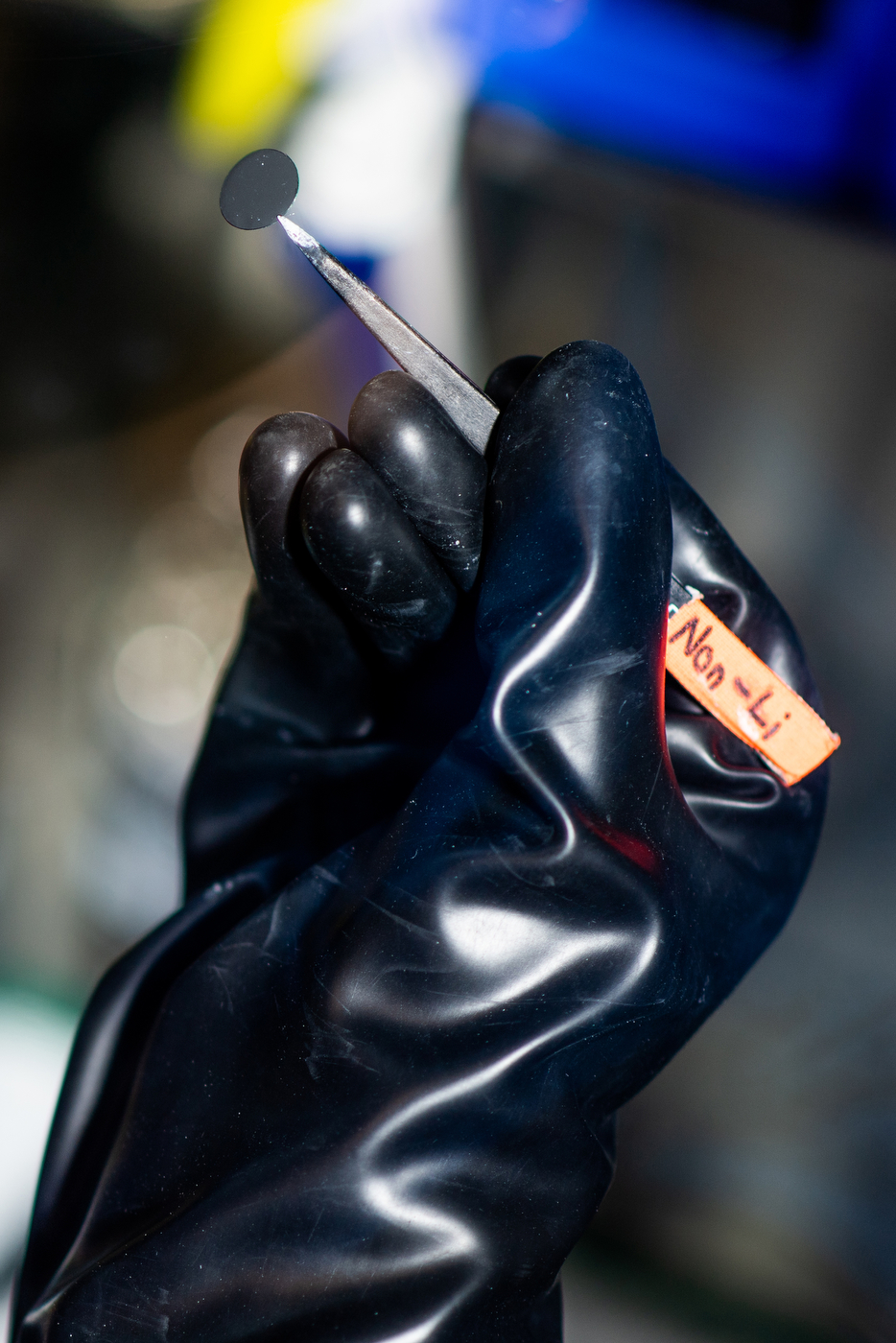
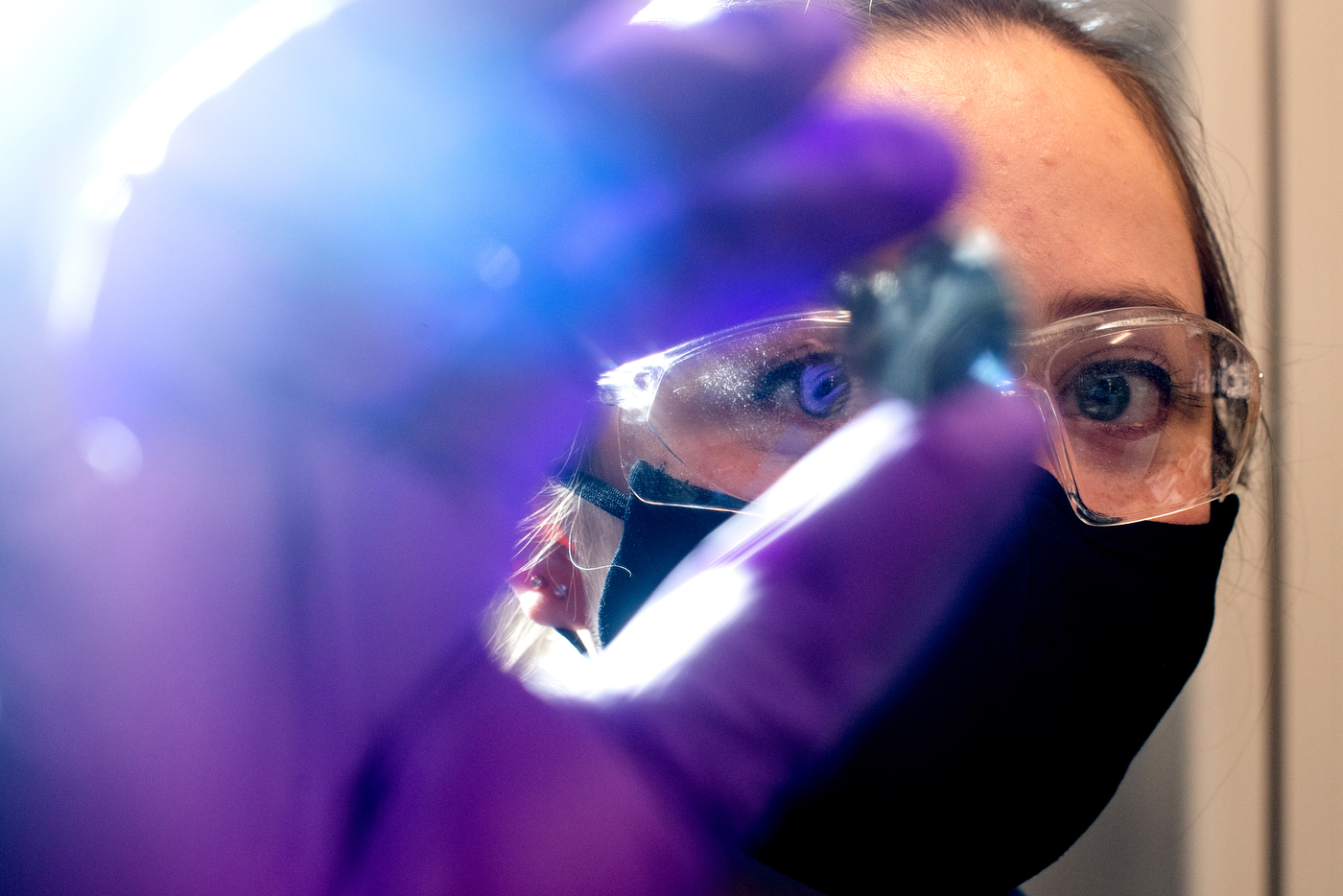
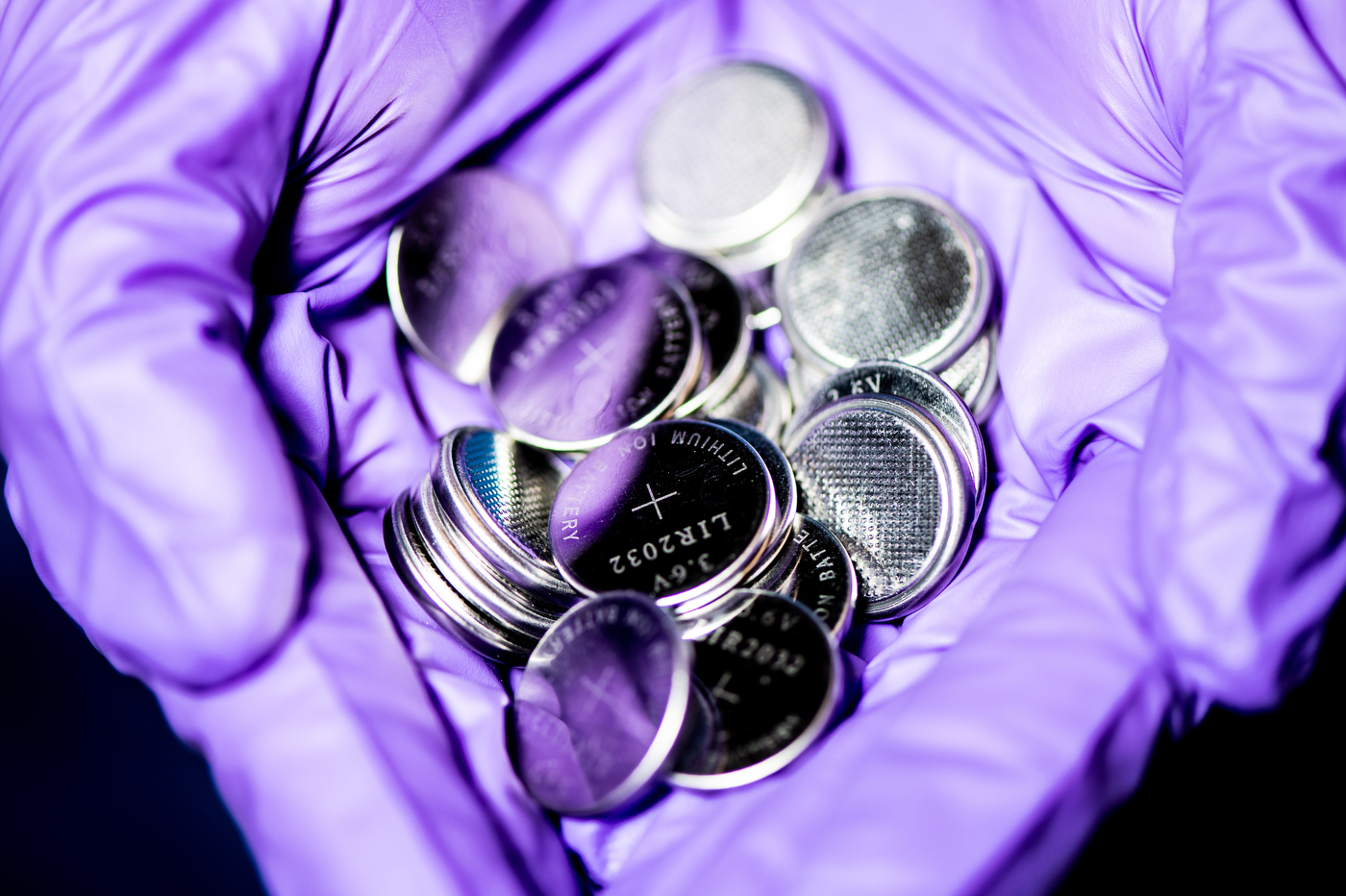
On top of her capstone project—modeling the scale-up of cobalt-free batteries—Morris also works in the Analysis of Complex Electrochemical Systems lab led by Joshua Gallaway, DiPietro assistant professor of chemical engineering, where she develops hybrid batteries that combine the best qualities of LFP and NMC.
“There’s not too much literature out there that attempts to do this,” Morris says. “I’m working on different methods for how to combine NMC, which has a really high specific capacity, with LFP, which can discharge at higher rates.”
In other words, NMC batteries are good for storing a lot of energy. (Think about how much power an electric car needs versus a cell phone.) LFP batteries, on the other hand, run more efficiently and charge faster.
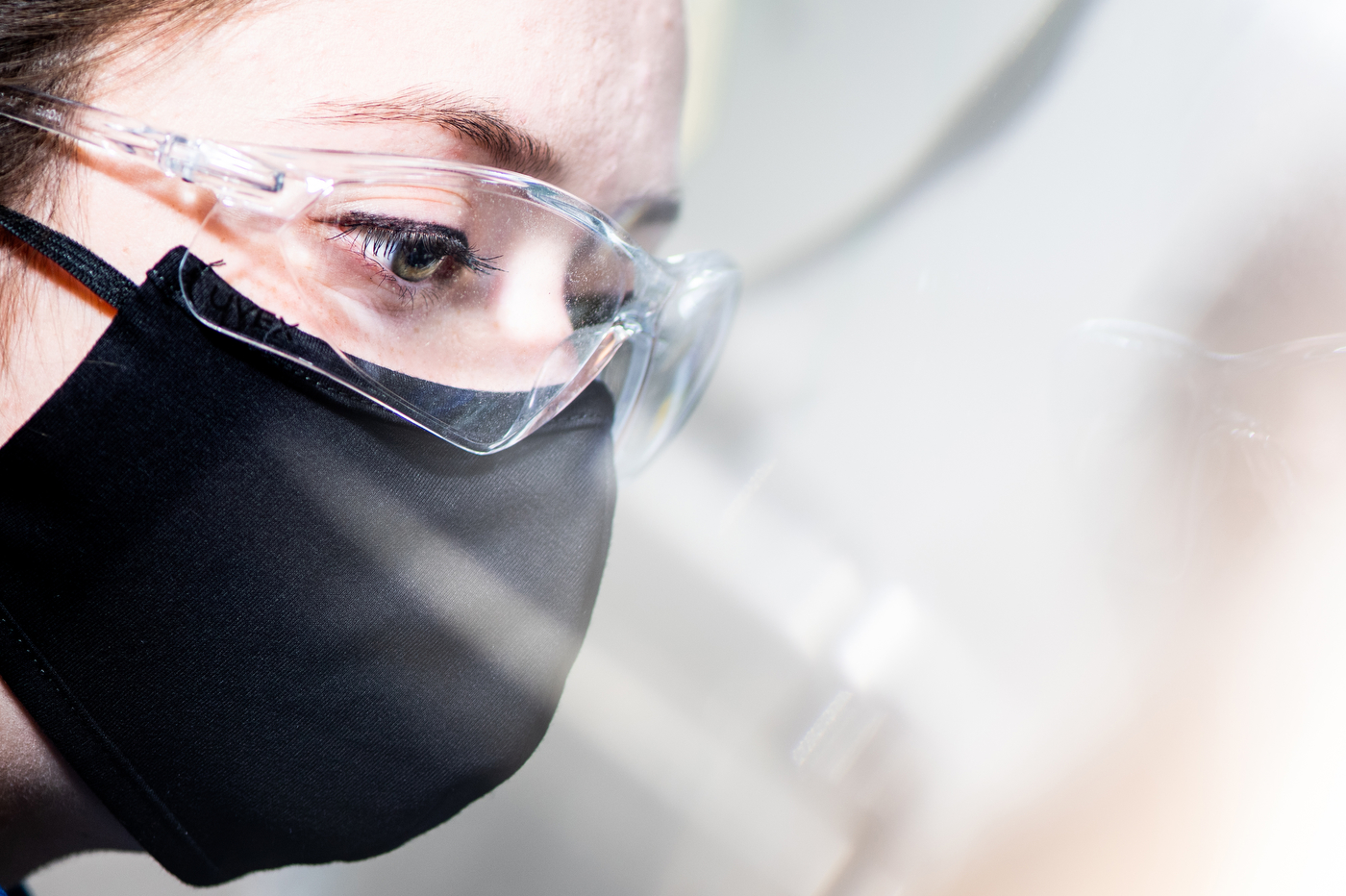

“A composite of both would be more powerful than an LFP battery and have better performance and efficiency than an NMC,” Morris says.
Morris will graduate from Northeastern this spring and begin her doctoral studies at Brown University in the fall. She recently received a National Science Foundation Graduate Research Fellowship to support her doctoral research, which will focus on improving the mechanical properties of batteries and finding alternative materials to replace the unsustainable resources that currently comprise batteries.
For media inquiries, please contact media@northeastern.edu.




